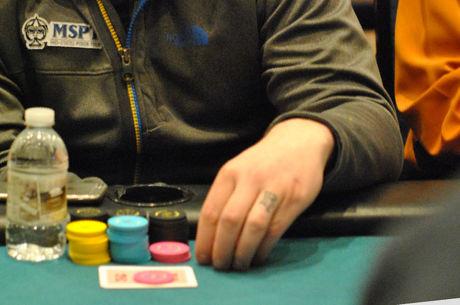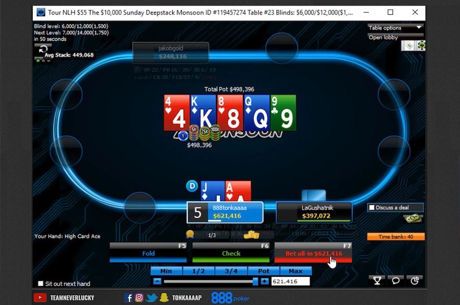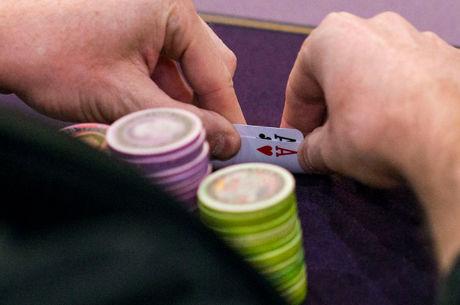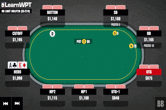Don't Stop Analyzing the Hand After Hitting Your 'Perfect' Card(s)
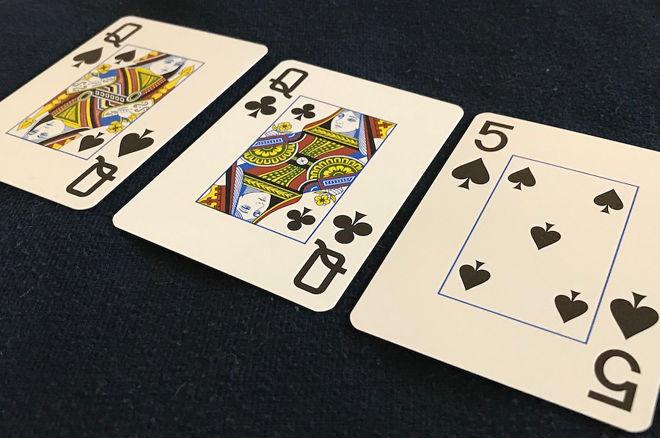
Sometimes a poker player will hit what seems like that perfect card or cards. "That's exactly the flop I was hoping to see!" the player thinks (for example).
One potential side effect of such "Bingo!" moments is the player will stop alertly analyzing a hand that is still in progress. The excitement of good fortune disrupts the player's thinking, which can sometimes lead to unfortunate consequences when there are still important decisions to be made in the hand.
Here's a hand of 100NL (six-handed, Zoom) that illustrates an example of just such an occurrence.
A "Way Ahead, Way Behind" Spot
On the button, a work-a-day regular with a stack of close to $170 opened the pot for the minimum to $2. Next to act was a recreational player in the small blind who was enjoying a very big day, having won some stacks to build up to almost $600. He made a big three-bet to $9.
The big blind folded and our regular made the flat-call with the benefit of position. The pot was about $19 going to the flop, which came Q♠Q♣5♠.
It was the sort of flop that is ripe for a classic "way ahead, way behind" situation. Of course, if the ranges on either side stay wide, that may not be the case. For instance, K♠J♦ has fair enough equity against A♥3♥.
But once money starts going into the middle after such a flop, the ranges tighten up, tunnelling into a place where one player usually has the other drawing to two or three outs.
This means not every value hand has equal worth. Consider an unlikely holding like Qx2x. Sure, this hand is crushing any pocket pair. Even a hand like A♠K♠ doesn't have overcards to hit, nor does it have perfectly clean outs to a flush. But Qx2x is also equally crushed by other QxXx hands. Drawing to three outs that can be redrawn on is a bad way to get a full stack into the pot.
And here, since both players are playing for the 160 big blinds remaining (effectively), the cost of getting the money in with just a few outs is quite high.
Do you see what's coming? Let's pick up the action from there.
A Polarizing Raise
The small blind recreational player continuation bet for $9 and was immediately raised to $45. This is a substantial raise and extremely polarized. The button is saying pretty loudly that he either has it or he doesn't. And the "it" in this spot is not Qx2x.
Basically, if the button is making this play with a flush draw, he is risking getting shut out of the pot by a potential reraise. The flop is dry enough and he will still have position if he just calls. There seems little obvious reason to jack the price up with a flush draw here.
When your opponent has either a monster or is bluffing, your best course of action is often just to call, even if you have the nuts. There is still a lot of value from getting bets from bluffs with little equity, and you can still stack value hands at a later juncture of the hand.
This becomes even more a priority for the small blind if he hold hands like Qx9x, Qx10x, QxJx, or even KxQx in this spot. That's because the times he gets extra bets out of the button's bluffs will help offset the times he runs into AxQx, which is exactly what the button is representing with this raise.
Even out of position, the small blind should be willing to let the button draw to running cards to solicit another bluff or maybe a crying call. In other words, he should call the $45 with his continuing range. That might be a tight range, something like JJ+ and the nut flush draw, but with all of it he should take the same course.
If he doesn't want to hang his pocket aces out to dry, he should call the $45 with both AxAx and AxQx.
What Actually Happened
All of that discussion became counterfactual when the small blind shovelled all of the money into the pot with K♦Q♥.
Now, could the small blind have perhaps stacked QxJx or Qx10x? Yes, potentially. But most of the time he is going to get the button to fold all bluffs and call with something like KxQx, AxQx, and 5x5x.
The small blind will be quite fortunate the times he gets looked up by worse queens, because a regular would not raise those hands in the first place, and would also second-guess putting 160 big blinds into the pot after seeing the shove.
The button did call, and had 5♦5♥ — indeed, it was a classic "way ahead, way behind" in action. The small blind had such a strong-looking hand, but when all the money went into the pot he was in especially dire straits. Now you might say the small blind was helpless here. After all, if he just calls to see the turn, he'll probably ended up doubling up the button eventually, anyway.
But the fact is, that 5♦5♥ is in the button's range. The small blind here has to make money from the other parts of the button's range.
Instead, when the small blind saw the flop, he simply thought "Bingo!" and considered his work in the hand finished.

